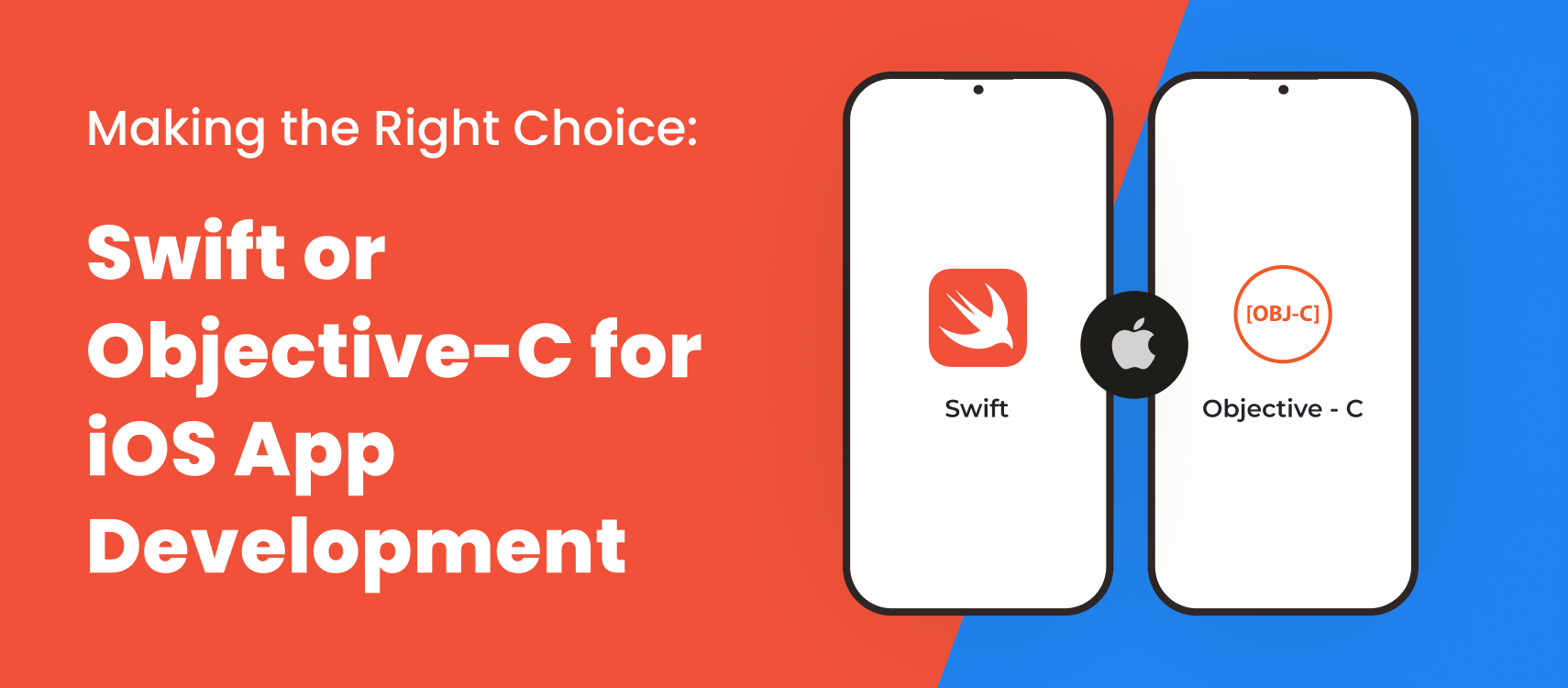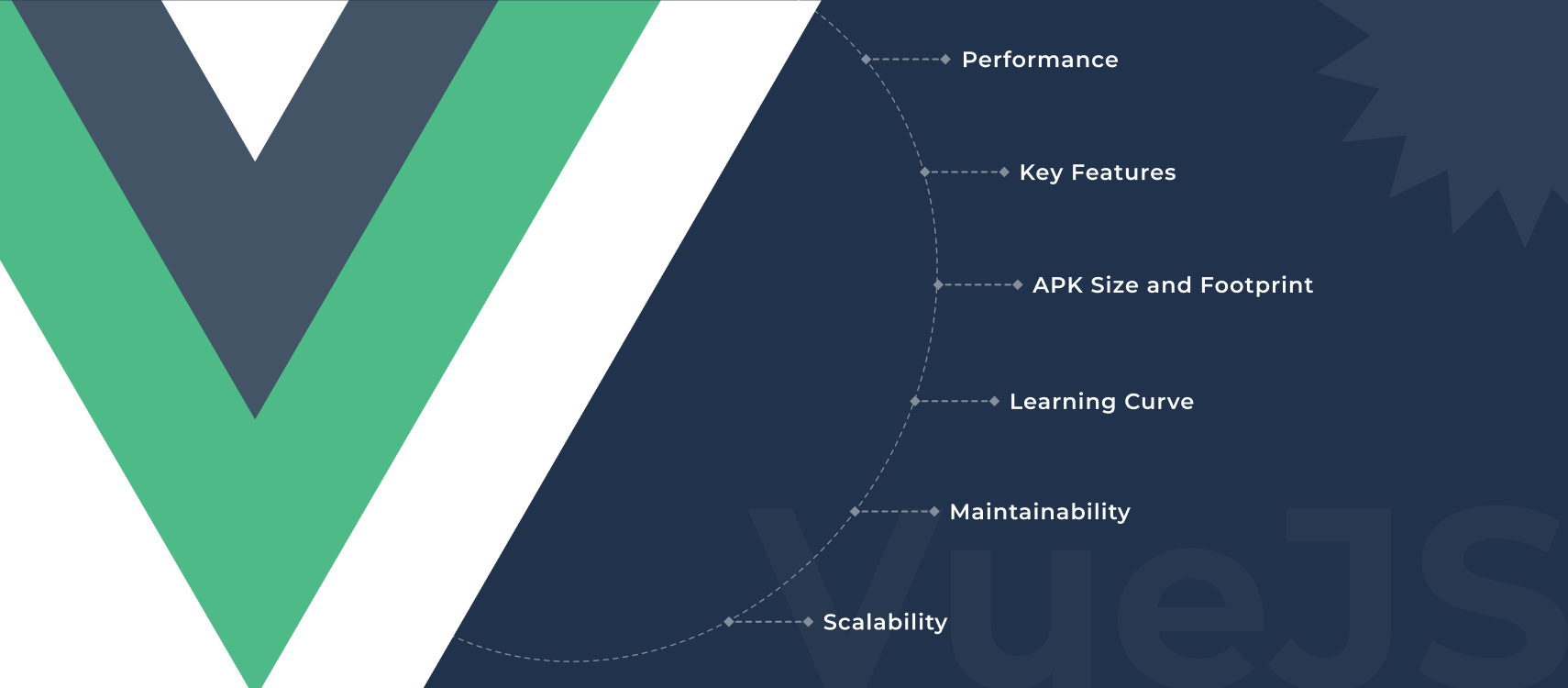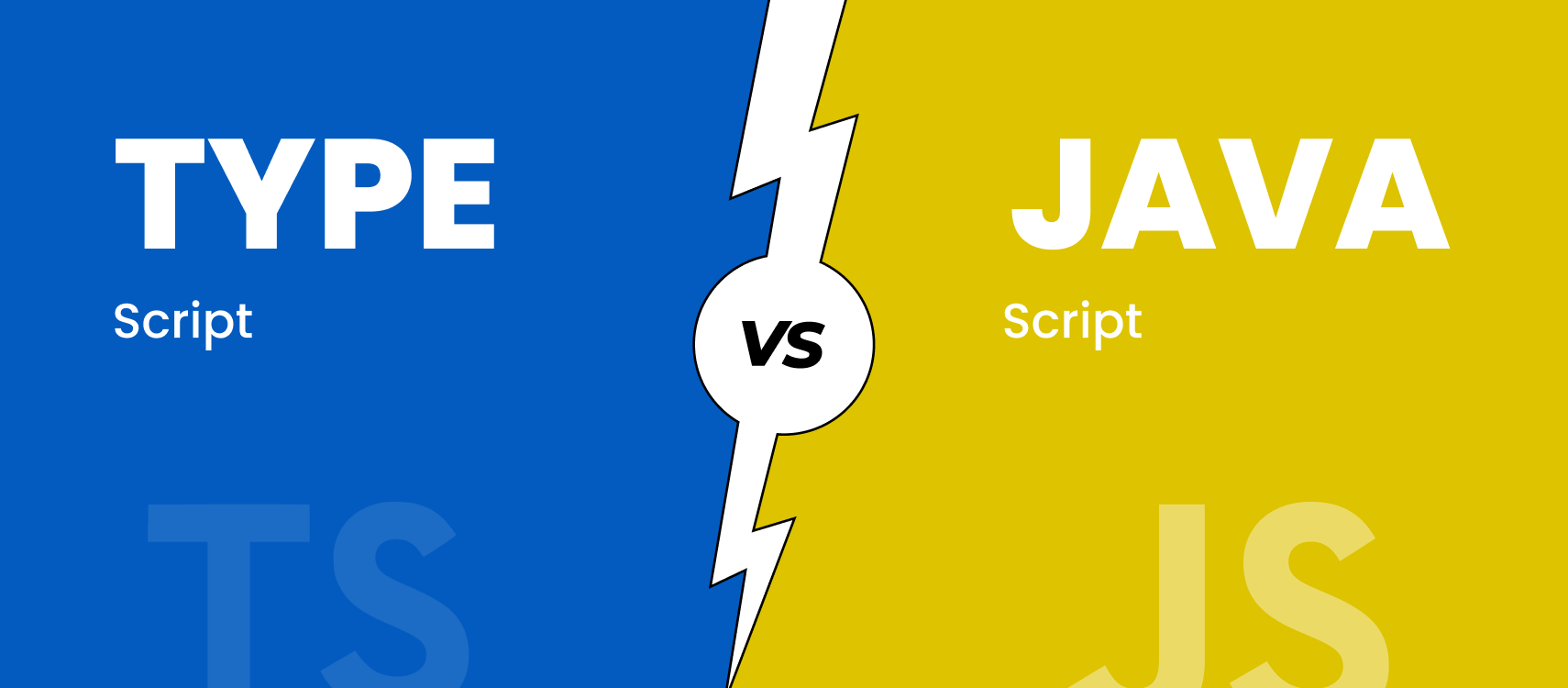Table of Contents
- Understanding Objective-C
- Understanding Swift
- Swift vs. Objective-C
- Summarising
When it comes to iOS app development, one of the most critical decisions mobile app development services face is choosing the programming language for their project. Apple offers two primary options: Swift and Objective-C. Both have their strengths and weaknesses, and the choice between them can significantly impact your development process, project timeline, and the final quality of your iOS app.
In this in-depth blog post, we’ll carry out a comprehensive comparison of Swift and Objective-C that iOS app development services will find useful. We are going to explore their history, features, performance, and community support to help you make an informed decision based on your project’s specific needs and requirements.
Understanding Objective-C
Objective-C has a long and storied history in the world of iOS development. When a decade ago businesses used to hire iPhone app developers the primary programming language skill they used to look for is Objective C. Objective-C is an extension of the C programming language, enriched with object-oriented features. It utilizes a unique syntax that may appear verbose and unfamiliar to developers coming from other programming backgrounds.
Advantages of Objective-C include the following:
-
Maturity:
Objective-C has been around for decades and has been used to build numerous successful iOS apps. This longevity speaks to its reliability and stability.
-
Legacy Code:
If you’re working on a project with existing Objective-C codebases, it may be more practical to continue using Objective-C to maintain consistency and streamline development.
-
Large Codebase:
Objective-C has a vast library of third-party libraries, frameworks, and resources that have been developed and maintained over the years.
Understanding Swift
Swift is a relatively new addition to the iOS development landscape, introduced by Apple in 2014. It was designed to address the shortcomings of Objective-C and provide a more modern, efficient, and developer-friendly alternative. Swift incorporates elements from various programming languages, making it more approachable for developers from diverse backgrounds.
Advantages of Swift include the following:
-
Modern Syntax:
Swift boasts a cleaner and more concise syntax compared to Objective-C. Its code is easier to read, write, and maintain, reducing the likelihood of syntax errors.
-
Safety:
Swift introduces strict type safety, preventing common programming errors and runtime crashes. It includes features like optional, guard statements, and automatic memory management, making code more robust.
-
Performance:
Swift is designed to be faster and more efficient than Objective-C. It offers optimized performance through features like value types, multi-threading, and reduced memory overhead.
-
Interoperability:
Swift is designed to work seamlessly with Objective-C. This means you can integrate Swift code into existing Objective-C projects and vice versa, enabling a smooth transition.
-
Active Development:
Apple actively maintains and enhances Swift, regularly releasing updates and improvements. This ensures that Swift remains a forward-looking language.
Swift vs. Objective-C: A Detailed Comparison
Any company claiming to be the best iOS app development company should have command on both technologies. Now, let’s delve into a comprehensive comparison of Swift and Objective-C across various aspects relevant to iOS development.
Learning Curve
Objective-C:
Objective-C’s unique syntax and use of square brackets for method calls can be challenging for developers who are new to the language. Learning Objective-C may require more time and effort due to its idiosyncratic style.
Swift:
Swift’s syntax is more straightforward and resembles many modern programming languages. Its readability and simplicity make it easier for developers, including those with limited programming experience, to learn quickly.
Code Readability
Objective-C:
Objective-C’s syntax, which involves a lot of square brackets and verbose method names, can make code appear cluttered and challenging to read. This verbosity can lead to errors and slower development.
Swift:
Swift’s concise and expressive syntax enhances code readability. Developers can write more understandable and self-explanatory code, reducing the likelihood of bugs and making maintenance easier.
Performance
Objective-C:
Objective-C’s performance is generally good but may be less efficient than Swift in some scenarios. Objective-C uses reference counting for memory management, which can introduce overhead.
Swift:
Swift is designed to be faster and more efficient than Objective-C. It achieves better performance through features like value types (structs), optimized memory management, and improved thread safety.
Safety
Objective-C:
Objective-C lacks the type safety provided by Swift. This can result in common runtime errors such as null pointer exceptions and out-of-bounds array access.
Swift:
Swift introduces strict type safety, reducing the risk of runtime errors. Features like optional ensure that variables are always initialized before use, enhancing app reliability.
Interoperability
Objective-C:
Objective-C and Swift are interoperable, allowing developers to use both languages within the same project. This makes it possible to migrate existing Objective-C codebases to Swift gradually.
Swift:
Swift’s interoperability with Objective-C enables a seamless transition for developers and projects with existing Objective-C components.
Community and Resources
Objective-C:
Objective-C has a mature and extensive community, with many resources, libraries, and frameworks available for iOS development. However, some of these resources may become outdated as Swift adoption grows.
Swift:
Swift’s community is continually growing, and it benefits from the latest developments in iOS app development. As Swift becomes the language of choice for more developers, resources and libraries are transitioning to Swift.
Tooling and Ecosystem
Objective-C:
Objective-C has a well-established ecosystem with robust support from integrated development environments (IDEs) like Xcode. It offers features for debugging, profiling, and code completion.
Swift:
Swift enjoys strong support from Xcode and offers modern tooling features like code refactoring, syntax highlighting, and real-time error checking. Swift’s tooling is continually improving.
Summarising
Choosing the right programming language for iOS development is a crucial decision that can impact the success of your project. Both Swift and Objective-C have their merits, and the choice between them should align with your project’s goals, your team’s expertise, and your preferences as a developer.
Ultimately, the key to successful iOS development is understanding the strengths and weaknesses of each language and leveraging them to create efficient, reliable, and user-friendly iOS applications.










